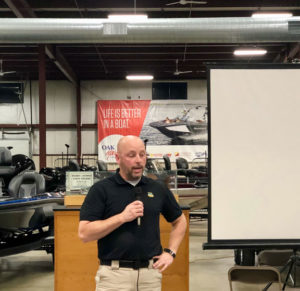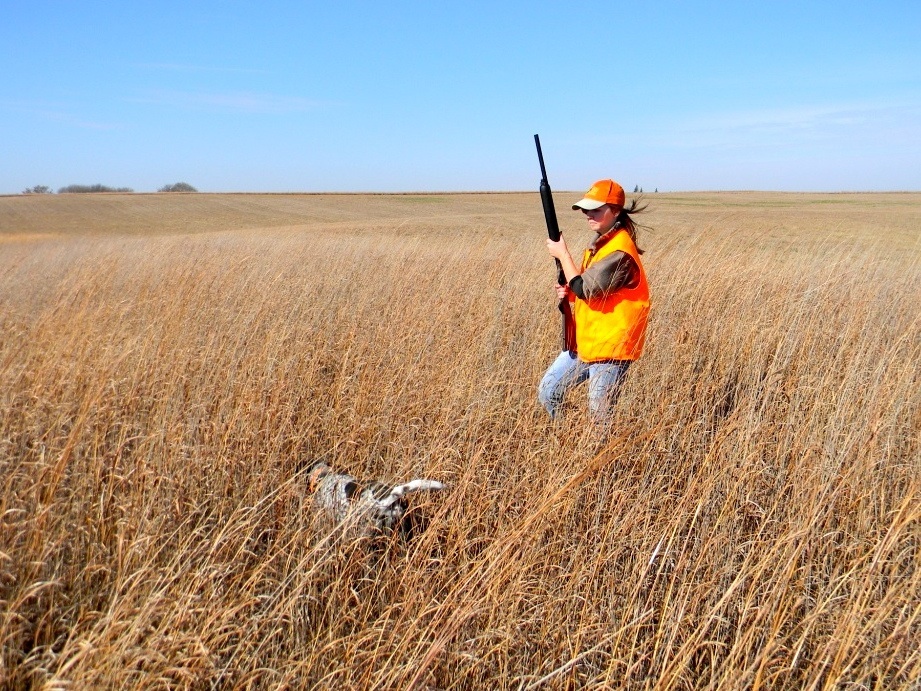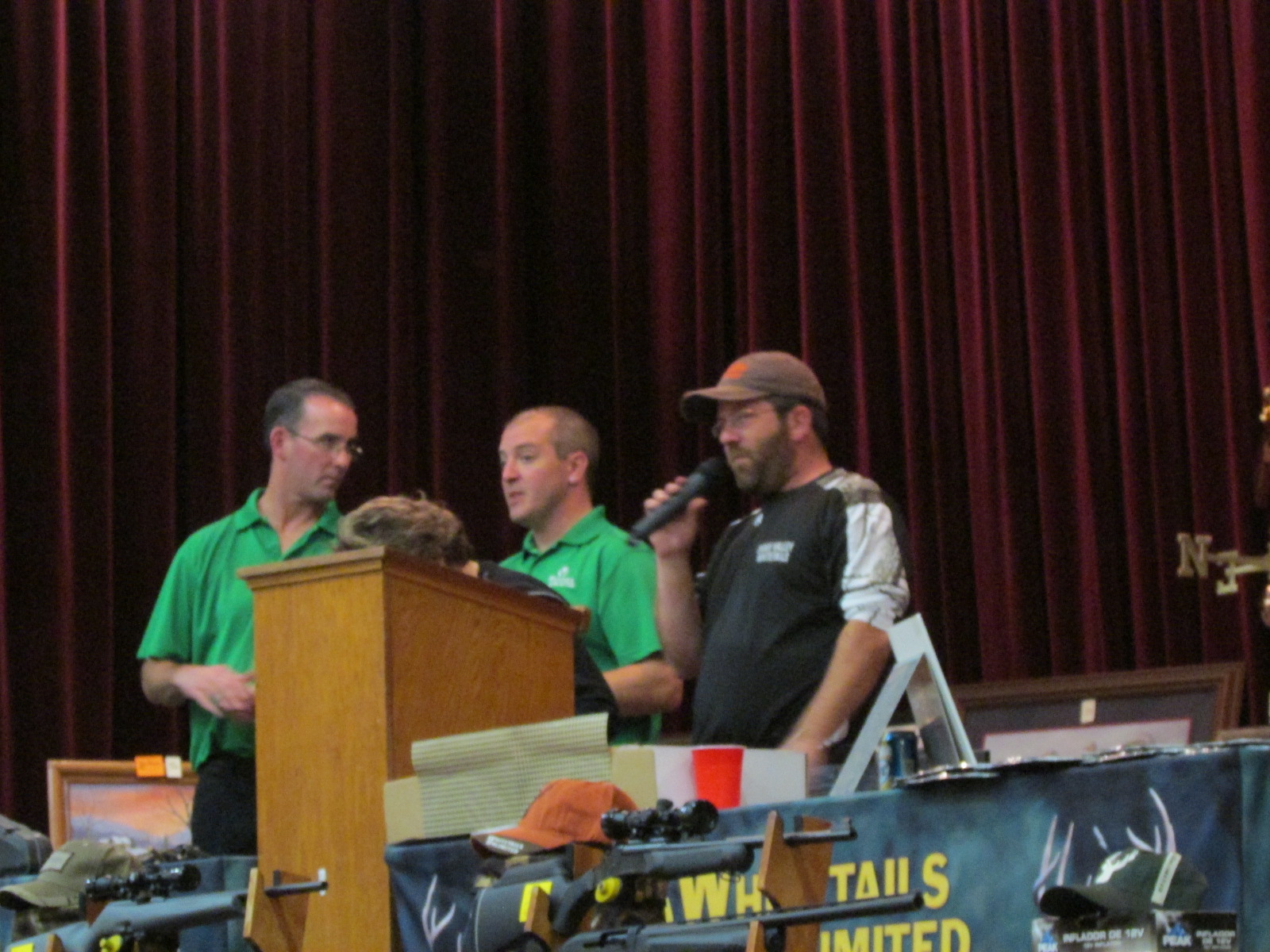By Steve Weisman

(photo by Steve Weisman) Iowa DNR Fisheries Biologist recaps the 2019 stocking results in northwest Iowa for people who attended the Iowa Great Lakes Fishing Club’s “DNR Night.”
At the November Iowa Great Lakes Fishing Club’s “DNR night,” fisheries biologist Mike Hawkins shared updates on a range of northwest Iowa lakes and rivers. It’s really pretty incredible the results of the gill netting and the stocking that takes place. Just in northwest Iowa, the Spirit Lake Fish Hatchery fish stocking included 33,540,075 walleye fry, 138,765-2” walleyes (northwest Iowa rivers), 21,093 7-8” walleyes, 270,000 northern pike fry, 327-10” northern pike, 1,220-11” muskie.
Over the years, it has become pretty apparent that without these stocking programs, our fisheries would certainly not be the quality that they are. Especially when it comes to walleye fisheries, the annual stocking is the bedrock for northwest Iowa anglers.
Here is the list of the bodies of water stocked, species stocked and the size of fish stocked.
Water Species Number Stocked Length
Silver Lake (Dickinson) Walleye 650,700 Fry
Center Lake Walleye 158,625 Fry
Five Island Lake Walleye 996,300 Fry
Ingham Lake Walleye 199,125 Fry
Lost Island Lake Walleye 1,269,675 Fry
Silver Lake (Palo Alto) Walleye 369,900 Fry
Spirit Lake Walleye 22,653,000 Fry
East and West Okoboji Walleye 7,242,750 Fry
East and West Okoboji Walleye 21,093 8-inch
West Fork Des Moines R. Walleye 26,933 2-inch
Big Sioux River Walleye 52,448 2-inch
Little Sioux River Walleye 59,384 2-inch
Ingham Lake Northern Pike 135,000 Fry
High Lake Northern Pike 135,000 Fry
Center Lake Northern Pike 65 10-inch
Lost Island Lake Northern Pike 262 10-inch
Spirit Lake Muskie 781 10-inch
East and West Okoboji Muskie 448 10-inch
Five Island Lake Largemouth Bass 227 Adult
Inducing walleye broodstock spawning
As Hawkins discussed stocking numbers, he talked about the spring gillnetting to collect broodstock and some new techniques they are working on to help make the spring season more efficient. One of the new processes they are testing involves injecting Human Chorionic Gonadotropin (HCG), a hormone that extensive research has proven to be both safe and effective in helping female walleyes let go of their eggs.
Female walleyes are finicky after they are brought into the hatchery. Some give up their eggs quickly, while others hold their eggs and never contribute to the process. The HCG makes sure that all the females collected give up their eggs. This reduces the number of fish needed and adds more consistency to the process.
Hawkins says, “By using HCG we can collect fewer fish, hold them a shorter time and ensure we have the number of eggs needed for the season. It definitely takes some of the guess work out of an expensive process and makes our operation more efficient.”
Review and evaluation are always a big part of the fisheries biologists at the Spirit Lake Hatchery. Hawkins adds, “Our hatchery staff will evaluate the process over the next few years and make sure it is working well.”



















